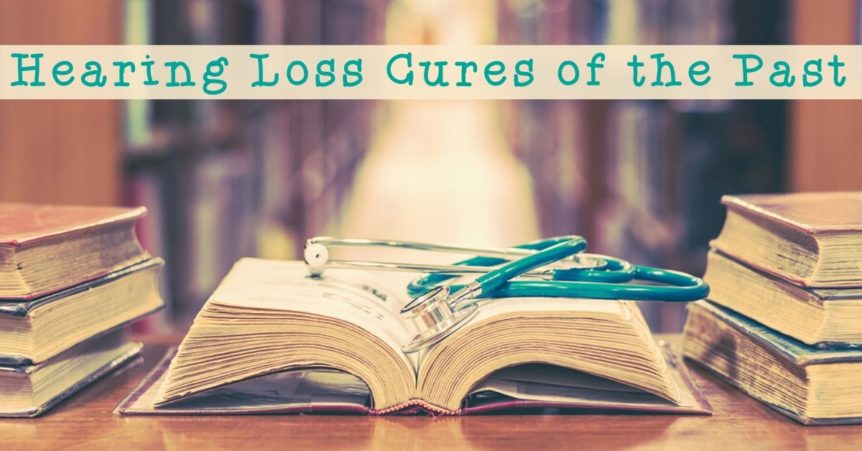Hearing loss is nothing new. It has affected people since the beginning of time. Unfortunately, in times past, people tried to solve the problem of hearing loss in unique ways. This resulted in some very unconventional solutions.
When the musical legend Beethoven was in his twenties, he suffered from buzzing and ringing in the years. Today we know this as tinnitus. Beethoven did not have such things as hearing aids available to him. Therefore, he visited many doctors throughout Europe. He was introduced to some different devices. One of these was the almond oil earplugs. Another was galvanism. This involved passing an electrical current through the affected part of the body to stimulate it. That must have resulted in a shocking event offering some major pain.
Beethoven was also told by one doctor to isolate himself. He was led to believe that he needed to let his ears rest. Of course, this was not a solution. Apparently, the musician finally gave up and returned to creating the music we still enjoy today.
During the 19th century, some people with hearing loss used odd tools to try to stimulate the nerves in the ear. Many tried using a large contraption. It amounted to vibrating the inner ear. Obviously, the odd-looking tool didn’t work.
Another very unusual method attempting to restore hearing was called “blistering.” This common procedure involved giving people blisters through caustic plaster. The resulting pus was believed to be evidence of unwanted toxins being removed from the body. The belief was that this promoted healthy ears. This was one more unsuccessful procedure.
Most likely, you have never heard of artificial eardrums. In the late 1800s, this was one of the methods used to restore hearing. It was believed that the tiny device would make sound resonate through the auditory canal. Not only were these devices ineffective, but they were also quite painful when inserted into the ear. Some of them were made from metal.
One of the more creative ways used to help improve hearing loss was sticking a twig in the ear. You were expected to keep it in your ear 24-hours a day. You were instructed to keep it there until your deafness was cured.
Another idea was to heat your urine. You were told to use two dishes. Once heated, you were to catch the liquid boiling off and place it in your ear. It was believed that the liquid in the ear would stop the deafness.
One other solution was for acquired hearing loss (non-congenital). You were instructed to surgically have your ear catheterized, thereby washing it out with water or gas.
People must have been desperate to help restore their hearing as the proposed cures were countless. Some of them were really out in the right-field. For example, one was to take opium. It was reported the drug cured deafness. Another was to fry peach kernels in hog lard. You would then put drops in the ear until your hearing loss was cured. Or, how about climbing up a very high tree then suddenly jumping down. It was reported the sharp fall would restore your hearing.
Fortunately, today, we have procedures that often help with hearing loss. There are also many new advancements presently being tested. The degree of improvement depends on the type of damage from which a person suffers.
One of the most used is the hearing aid. These assistive devices are becoming smaller and sleeker. They are almost reaching the point of being so little they cannot be seen inside the ear. Each year additional features are being added.
Sometimes, if hearing aids do not help a person, there is a hearing implant. The bone-anchored hearing aid is attached to the skull and involves a minor operation. There are different ways of connecting it. For people who have a major hearing loss, the cochlear implant can be a solution. There is also the auditory brainstem implant, and middle ear implants, There are a variety of assistive listening devices, other than hearing aids, to assist you to hear in everyday situations. If you are interested in seeing what is available to you, it is important to make an appointment to visit your health specialist.

